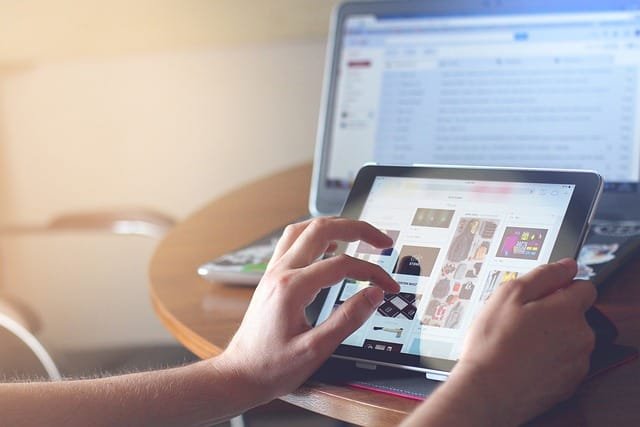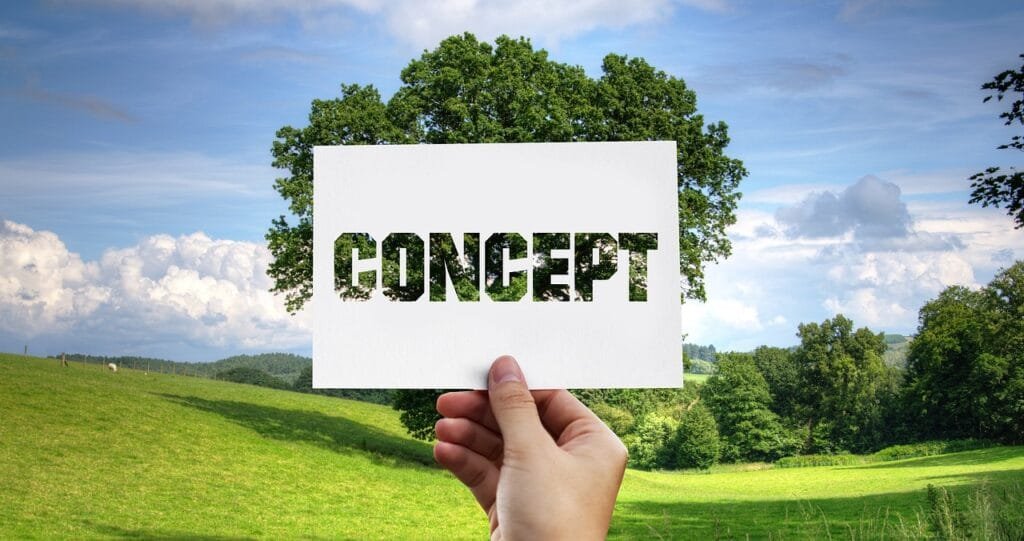In the dynamic digital world, where immediacy is valued, there’s an age-old marketing tool that has not just retained its charm but has also evolved magnificently – email. It helps in forming meaningful connections with clients. When we combine this timeless tool with modern automation techniques, we get one of the most potent marketing strategies: drip campaigns.
Through this guide, we will delve deep into understanding drip campaigns powered by email marketing automation, learning how to harness their full potential to drive engagement, conversions, and loyalty.
The Basics of Drip Campaigns
Drip campaigns, sometimes referred to as automated email campaigns or lifecycle emails, involve sending a series of pre-determined emails out to your subscriber list or a segment of it over a certain timeframe. These emails are not just random messages but are timed and crafted to nurture leads and drive specific actions.
In today’s ultra-competitive market landscape, drip campaigns stand out for their ability to provide consistent touchpoints, offering relevant content to users and subtly nudging them down the conversion funnel. Their automated nature ensures that the right message reaches the right audience at the perfect time, reducing manual effort while increasing efficiency.
Typical Use-Cases for Drip Campaigns
Lead Nurturing: This involves warming up potential customers by providing them with relevant content, answering common queries, and establishing trust, slowly driving them towards conversion.
Onboarding: Once a user signs up for a product or service, onboarding drip emails help familiarize them with the product’s features, ensuring a smooth initial experience.
Re-engagement: For subscribers who’ve gone silent, re-engagement campaigns aim to recapture their interest by offering fresh content, exclusive deals, or reminders.
Sales Promotions: Timed around special events or sales, these drips push promotional content, incentivizing purchases and boosting sales.
It’s evident that while the medium remains email, the messaging, timing, and objective differ widely across these use-cases, underscoring the versatility of drip campaigns.
Setting Up the Foundation: Segmentation
When planning a drip campaign, it’s essential to remember that not all subscribers are the same. Hence, sending generic emails to everyone is hardly effective. Enter segmentation.
Importance of Segmenting Your Email List for Targeted Drip Campaigns
Segmentation involves dividing your email list into smaller, more focused sub-groups based on certain criteria. The idea is simple: by categorizing your subscribers, you can send out more personalized, relevant content, thereby increasing the chances of engagement and desired actions.
For example, a startup offering a software solution might segment its list based on user roles: one for administrators, another for end-users, and yet another for decision-makers. Each of these segments would receive content tailored to their specific needs and interests.
Criteria for Segmentation
- Behavior: This could be based on website activity, previous purchase patterns, or email interaction rates.
- Demographics: Age, gender, location, and job role are typical demographic criteria.
- Purchase History: Segments can be created based on what a subscriber has bought in the past or how often they make a purchase.
- Engagement Levels: Distinguishing between active readers and dormant subscribers can help in tailoring re-engagement strategies.
Techniques for Effective Segmentation
Pretty much all email marketing platforms offer in-built tools for segmentation. By integrating these platforms with analytics tools or CRMs, businesses can automatically segment users based on their actions and traits, ensuring a dynamic list that’s always up-to-date.

Planning and Structuring Your Drip Campaign
Crafting a successful drip campaign requires foresight, strategy, and precision. Let’s explore the steps and considerations involved in this planning phase.
Goal Setting: Defining What You Want to Achieve
Before embarking on any marketing journey, it’s crucial to know your destination. What are you hoping to achieve with your drip campaign? Some common goals include:
- Conversions: Guiding potential customers to make a purchase or sign up.
- Increased Engagement: Encouraging subscribers to interact more with your content or product.
- Educating Users and building trust: This often applies to onboarding campaigns where the aim is to help users understand your product’s features and benefits.
By having clear goals, you can shape the content, design, and flow of your drip emails accordingly.
Mapping Out the User Journey and Deciding Touchpoints
Imagine you’re a startup founder offering a novel SaaS solution. A new subscriber might first need to understand the software’s basic features, followed by its advanced capabilities, and finally, best practices to optimize its use. Each of these stages is a touchpoint in the user’s journey, and each requires a distinct email.
Sketched out as a roadmap, this journey can guide the sequence and content of your drip campaign, ensuring that each email builds on the previous one, moving the subscriber towards your end goal.
Determining the Frequency and Timing of Emails
While you don’t want to overwhelm subscribers with daily messages, waiting too long between emails can lead to lost interest. Consider factors like:
- The Nature of Your Product/Service: A complex software tool might require more frequent emails to educate users, while a simple consumer product might not.
- Audience Preferences: Some audiences, such as those in the B2B space, might prefer weekly content, while B2C customers could be open to more frequent touches.
- Geographic and Temporal Factors: Time zones, local holidays, and even cultural habits can impact when your emails should be sent.
Tools like GetResponse or ActiveCampaign offer analytics that can help determine the best times to send emails to maximize opens and engagement.
Crafting High-Converting Email Content
With your campaign structured, it’s time to delve into the actual content of your emails.
Tips for Writing Compelling Subject Lines and Preheaders
Your email’s subject line is the first thing a recipient sees, and it often determines whether the email gets opened or discarded. Here’s a great resource for writing amazing subject lines.
- Keep It Short and Sweet: Aim for 50 characters or less to ensure it displays well across devices.
- Create Urgency: Phrases like “Last Chance” or “Limited Time Offer” can prompt opens.
- Ask a Question: Questions pique curiosity and can draw readers in.
Preheaders, the short snippets that follow the subject line, offer additional real estate to hook readers. Use them to provide context or tease the email’s content.
Best Practices for Email Body Content
- Clarity: Ensure your content is easy to understand, avoiding jargon unless it’s industry-specific and known by your audience.
- Conciseness: While you want to inform, avoid overwhelming readers with walls of text. Use bullet points and subheadings for easier reading.
- Relevance: Always ask, “Does this matter to the recipient?” Tailor content to your segment’s interests and needs.
To improve your email body, read this guide.
The Importance of Personalization and Dynamic Content
Adding a recipient’s name isn’t the end of personalization; it’s just the beginning. Modern email tools allow for dynamic content insertion based on user behavior or segment. For instance, an email can showcase products similar to what the subscriber last viewed on your e-commerce site. Such tailored content significantly boosts engagement and conversion rates.
Implementing Automation Triggers
For an email drip campaign to be truly automated, it needs triggers: specific events or behaviors that initiate an email or a series of emails.
Understanding Triggers
At their simplest, triggers can be actions like a user signing up for a newsletter or downloading a whitepaper. But with advanced tools, triggers can get highly specific and can even be used for lead nurturing. For instance, an e-commerce brand can set up a trigger for users who viewed a product three times in a week but didn’t purchase.
Setting Up Behavior-Based Triggers for Higher Relevance
Behavior-based triggers are particularly effective as they are rooted in user actions, reflecting their interests or pain points. For example:
Cart Abandonment: If a user adds products to their cart but doesn’t checkout, trigger a series of emails offering incentives or addressing common purchase barriers.
Content Engagement: If a subscriber frequently reads content about a particular topic, trigger emails offering more in-depth resources on that topic.
Tools that Facilitate Advanced Triggering Mechanisms
Platforms like HubSpot, Marketo, and Drip offer sophisticated triggering mechanisms. By integrating them with website analytics or e-commerce platforms, brands can set up complex, behavior-driven triggers that cater to specific audience segments.
 conversion rates.” class=”wp-image-11274″/>
conversion rates.” class=”wp-image-11274″/>Designing Visually Appealing Emails
While the content of your email is undeniably important, visual appeal can significantly influence engagement and conversion rates. Let’s understand why design matters and how to get it right.
The Role of Design in Email Engagement and Conversion
Think of your emails as your brand’s digital storefront. A sleek, well-organized, and visually appealing design can make the difference between a subscriber engaging with your content or sending it to the trash. Here’s why:
First Impressions Matter: Subscribers will judge your brand’s professionalism and credibility within seconds of opening your email.
Enhances Readability: A well-structured layout with a harmonious color palette can enhance the readability of your content.
Drives Conversions: Strategic placement of CTAs and imagery can guide subscribers towards desired actions.
Best Practices for Mobile-Responsive Design
With a significant portion of emails being opened on mobile devices, it’s crucial that your emails look good and function well on smartphones and tablets.
Single Column Layout: This format is easier to navigate on smaller screens.
Large Fonts: Ensure your text is legible on smaller screens.
Touchable CTAs: Buttons should be big enough to tap comfortably on mobile devices.
Test Across Devices: Use tools like Litmus or Email on Acid to see how your emails render on various devices and email clients.
Utilizing Templates vs. Custom Designs: Pros and Cons
Templates:
- Pros: Quick to implement, often mobile-responsive, and available for various use-cases.
- Cons: Can be generic and may not fully align with your brand’s aesthetics.
Custom Designs:
- Pros: Tailored to your brand, offering unique and consistent brand presentation.
- Cons: Require more time and resources, especially if coding from scratch.
Whether you choose a template or a custom design, the key is consistency. Maintain a uniform look and feel across your drip campaign emails to foster brand recognition.
A/B Testing for Drip Campaign Optimization
Continuous improvement should be at the core of your drip campaign strategy. A/B testing, also known as split testing, is a method to compare two versions of an email to determine which one performs better.
A/B testing involves sending two slightly different emails to two segments of your audience. By comparing their performance, you can refine elements of your email to maximize its effectiveness.
Sidenote: Multivariate testing can be quicker and more effective than A/B testing, provided, you know how to do it right.
Elements to Test: Subject Lines, CTA Buttons, Content, Design, Sending Time
Subject Lines: Do questions perform better than statements? Does urgency increase open rates?
CTA Buttons: Which color or text prompts more clicks? Where should they be placed for maximum impact?
Content: Is shorter content preferred, or do detailed descriptions drive more conversions?
Design: Does a different layout or image placement lead to better engagement?
Sending Time: What days and times lead to the highest open rates for your audience?
Analyzing Results and Implementing Learnings for Continual Improvement
After conducting an A/B test, analyze the metrics. For instance, if version A had a higher open rate but version B had a higher click-through rate, you might combine the subject line from A with the content from B in future emails. It’s an ongoing process of refinement, ensuring your emails resonate more with your audience over time.
Integrating with Other Tools and Platforms
To enhance the efficiency and effectiveness of your drip campaigns, integrations with other platforms and tools can be invaluable.
Combining Email Marketing with CRM Systems for Better Data Management
By integrating your email platform with a CRM (Customer Relationship Management) system like Salesforce or HubSpot, you can:
Personalize Emails: Using detailed customer data from the CRM.
Segment More Efficiently: Based on purchase history or interactions.
Track User Journeys: See how subscribers interact across multiple touchpoints, not just emails.
Integration with E-commerce Platforms for Cart Abandonment Campaigns
Platforms like Shopify or Magento can be linked to email tools to automate cart abandonment emails, triggering reminders or offers when users leave products in their cart.
Using Analytics Tools for Detailed Performance Tracking
Integrations with Google Analytics or other analytics platforms can provide deeper insights into user behavior post-click, helping refine future drip campaigns based on user actions on your website.
Monitoring and Measuring Campaign Success
Merely launching a drip campaign isn’t enough. It’s crucial to keep an eye on performance metrics to ensure you’re moving in the right direction. Regular monitoring helps refine strategy and achieve better ROI.
Metrics to Monitor: Open Rates, Click-through Rates, Conversion Rates, Unsubscribe Rates
- Open Rates: Indicates the effectiveness of your subject lines and the relevancy of your emails to subscribers.
- Click-through Rates (CTR): Shows the engagement level of your emails. A high CTR typically suggests that the content is resonating with readers.
- Conversion Rates: The ultimate metric for many. It demonstrates the percentage of readers who take the desired action, whether it’s purchasing a product or signing up for a webinar.
- Unsubscribe Rates: A high rate might indicate content irrelevancy, too frequent emails, or other underlying issues.
Tools and Platforms for Monitoring Drip Campaign Performance
Email marketing wouldn’t be nearly as effective without the tools and platforms designed to measure its impact. Monitoring the performance of your drip campaigns is imperative to understand its efficacy and to determine areas of improvement. Let’s delve deep into some of the most reputable tools for this task.
#1 MailChimp

MailChimp, beyond its email sending capabilities, offers substantial analytics to monitor campaigns.
Features
- Audience Dashboard: Provides insights into audience growth and engagement metrics.
- Click Maps: Visual representation of where recipients have clicked within your email.
- ROI Tracking: Integrates with Google Analytics to track the ROI of a campaign.
Pricing
- Free Plan: Up to 2,000 contacts and 10,000 sends per month.
- Essentials: Starts at $9.99/month for 50,000 contacts and A/B testing capabilities.
- Premium Plans: Custom pricing for advanced features and priority support.
Pros
- User-friendly interface suitable for beginners.
- Extensive template library.
- Seamless integration with many third-party tools.
Cons
- Limited automation capabilities in the free plan.
- Can become expensive as the list size grows.

#2. HubSpot Email Marketing
HubSpot, known for its robust inbound marketing tools, also boasts a comprehensive email marketing platform.
Features
- Performance Analytics: Measures open rates, click-through rates, and overall ROI.
- Time Zone Adjustments: Sends emails based on the recipient’s time zone.
- A/B Testing: Experiment with different email versions to determine the most effective.
Pricing
- Starter Plan: Starts at $50/month with basic email marketing features.
- Professional: $800/month for marketing automation and advanced analytics.
- Enterprise: $3,200/month for comprehensive features and premium support.
Pros
- Highly integrated with other HubSpot tools.
- Advanced segmentation capabilities.
- Comprehensive reporting and analytics.
Cons
- Can be pricey for small businesses.
- Some features might be overkill for those just looking for email analytics.
#3. SendinBlue
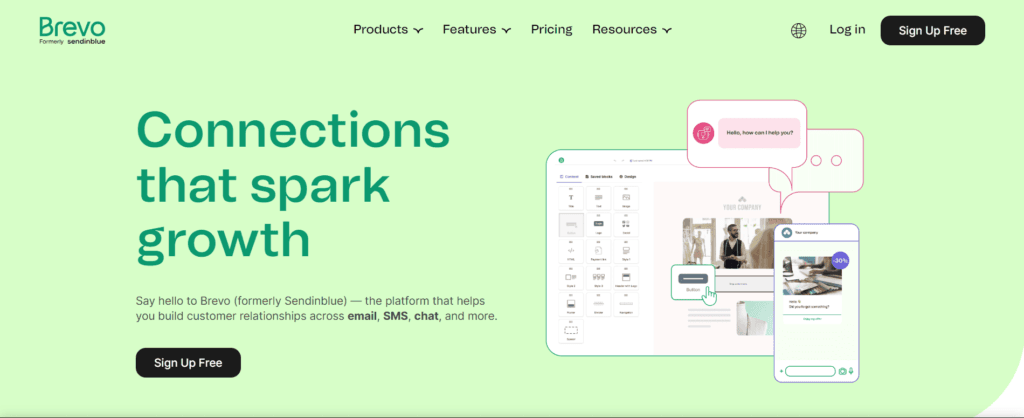
SendinBlue offers a powerful suite of email marketing tools, including top-notch analytics.
Features
- Real-time Reporting: Monitor opens, clicks, and bounce rates in real-time.
- Heat Maps: Understand where subscribers are clicking within your email.
- Geographic Reporting: Break down engagement metrics by subscriber location.
Pricing
- Free Plan: 300 emails/day with unlimited contacts.
- Lite: $25/month for 40,000 emails/month.
- Premium: Starts at $65/month with advanced features, including landing pages and Facebook ads.
Pros
- Affordable pricing structure.
- Seamless integration with other SendinBlue tools.
- Excellent deliverability rates.
Cons
- The interface can be slightly overwhelming for beginners.
- Some advanced features only available in the highest-tier plans.
#4. Constant Contact
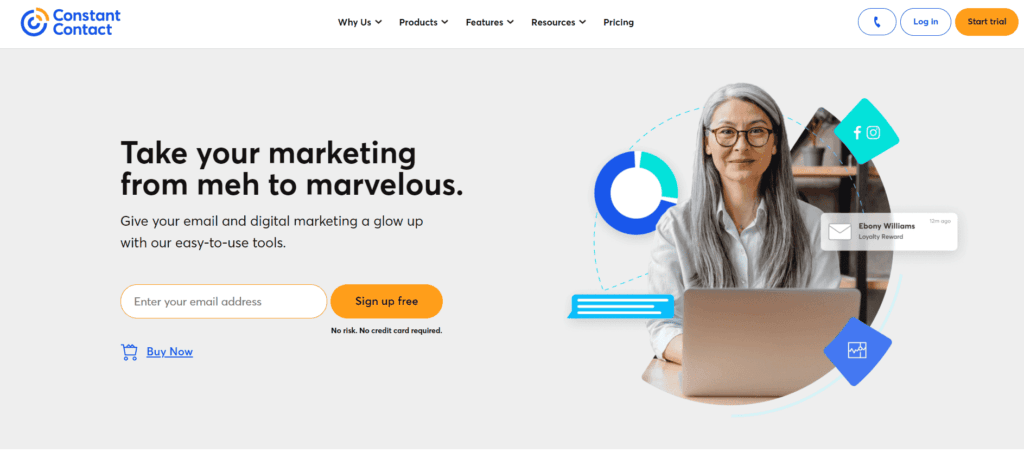
A stalwart in the email marketing domain, Constant Contact provides deep insights into campaign performances.
Features
- Engagement Reports: Measures opens, clicks, shares, and more.
- E-commerce Integrations: Tracks sales resulting directly from an email campaign.
- Heat Maps: Provides a visual representation of the most engaged sections of an email.
Pricing
- Email Plan: Starts at $20/month with unlimited emails and basic analytics.
- Email Plus: Starts at $45/month with advanced features, including automation and surveys.
Pros
- Intuitive and beginner-friendly interface.
- Comprehensive learning resources and webinars.
- Integration with major e-commerce platforms.
Cons
- Limited customization options in templates.
- Advanced analytics reserved for the premium plan.
#5. ActiveCampaign
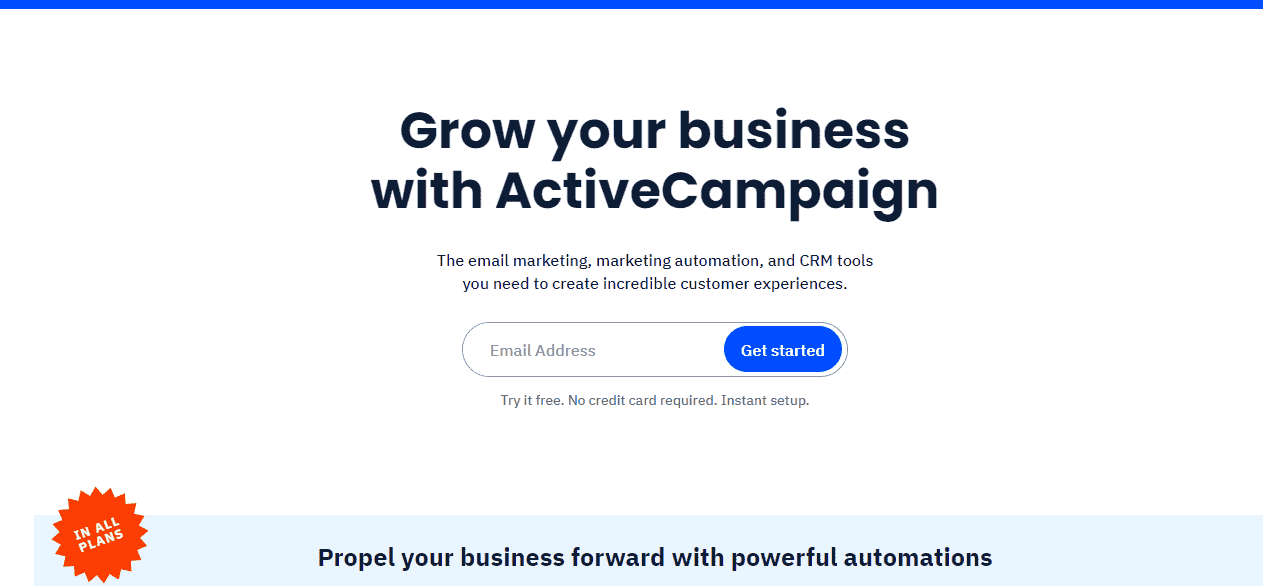
ActiveCampaign stands out for its automation prowess, paired with detailed analytics for performance monitoring.
Features
- Campaign Reports: Detailed insights into opens, clicks, and revenue metrics.
- Automation Maps: Visual representation of your automation strategy and its results.
- Geotracking: Track where your emails are opened geographically.
Pricing
- Lite: Starts at $9/month for unlimited sending and basic reporting.
- Plus: $49/month with CRM integration and advanced reporting.
- Professional & Enterprise: Higher tiered plans starting from $129/month with advanced features.
Pros
- Rich feature set with deep customization options.
- Powerful automation combined with analytics.
- Scalable with business growth.
Cons
- Steeper learning curve for new users.
- Some features can be complex for small-scale users.
#6. Omnisend
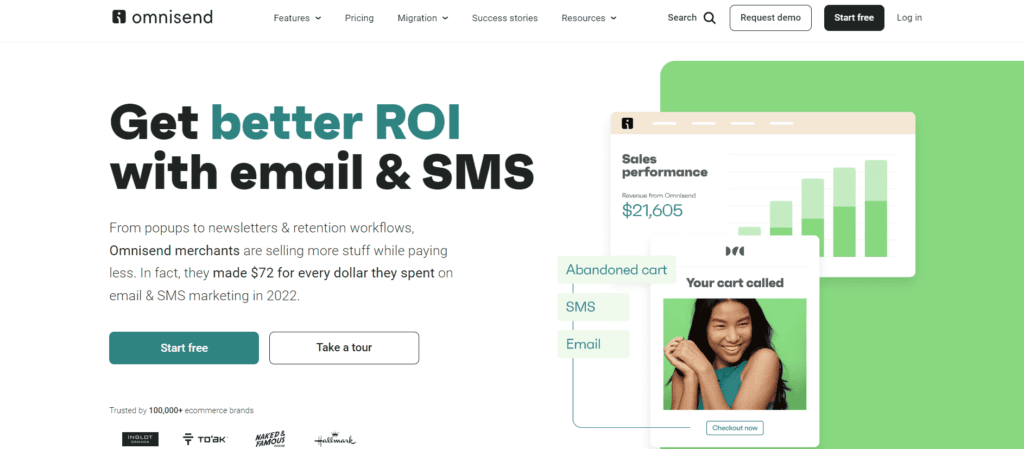
Omnisend is a preferred choice for e-commerce brands due to its specialized focus and relevant analytics.
Features
- Sales Dashboards: Detailed reports on sales generated from campaigns.
- Segmentation Reporting: Insights on how segmented campaigns are performing.
- Website Tracking: Monitors subscriber behavior on your website post-click.
Pricing
- Free Plan: 15,000 emails/month with basic analytics.
- Standard: Starts at $16/month with advanced reporting and segmentation.
- Pro & Enterprise: Custom pricing for advanced integrations and superior support.
Pros
- E-commerce centric features and integrations.
- User-friendly platform with drag-and-drop builders.
- Advanced automation capabilities.
Cons
- Limited capabilities outside of the e-commerce domain.
- Higher-tier plans can be expensive.
#7. GetResponse

Touted as an all-in-one marketing platform, GetResponse provides a multifaceted approach to drip campaigns and their performance tracking.
Features
- Email Analytics: Monitor open rates, CTR, unsubscribe rates, etc.
- Conversion Funnel: A visual tool to track conversion rates at every step.
- E-commerce Tracking: Monitor sales and revenue generated from emails.
Pricing
- Basic: Starts at $15/month with unlimited emails and landing pages.
- Plus: $49/month with automation builder and webinars.
- Professional & Max: Advanced plans with custom pricing for larger businesses.
Pros
- Comprehensive toolset including webinars and landing pages.
- Intuitive automation workflows with pre-built templates.
- Extensive integrations with e-commerce platforms.
Cons
- Some features can be overwhelming for beginners.
- Higher-tier features come with a significant price jump.
#8. Drip
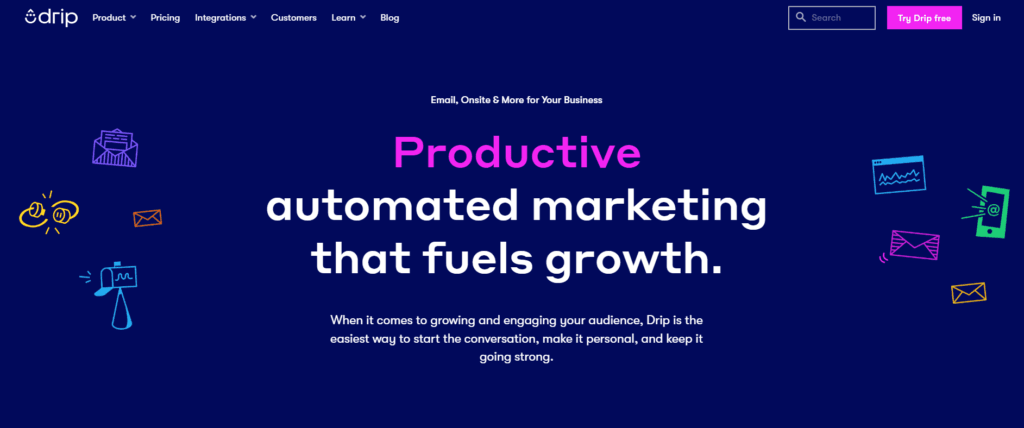
As the name suggests, Drip specializes in e-commerce drip campaigns, with granular analytics to support decision-making.
Features
- Engagement Analysis: Detailed stats on how subscribers interact with emails.
- E-commerce Dashboards: Comprehensive view of revenue, customer lifetime value, and more.
- Attribution Reporting: Track the sources generating sales and conversions.
Pricing
- Pricing is based on the number of contacts. Starts at $19/month for up to 500 contacts with full features access.
Pros
- Deep e-commerce integrations, including Shopify and WooCommerce.
- Advanced segmentation and personalization capabilities.
- Tag-based subscriber system for granular targeting.
Cons
- Lacks some of the broader marketing features outside of email.
- Pricing can become steep as contact lists grow.
#9. ConvertKit
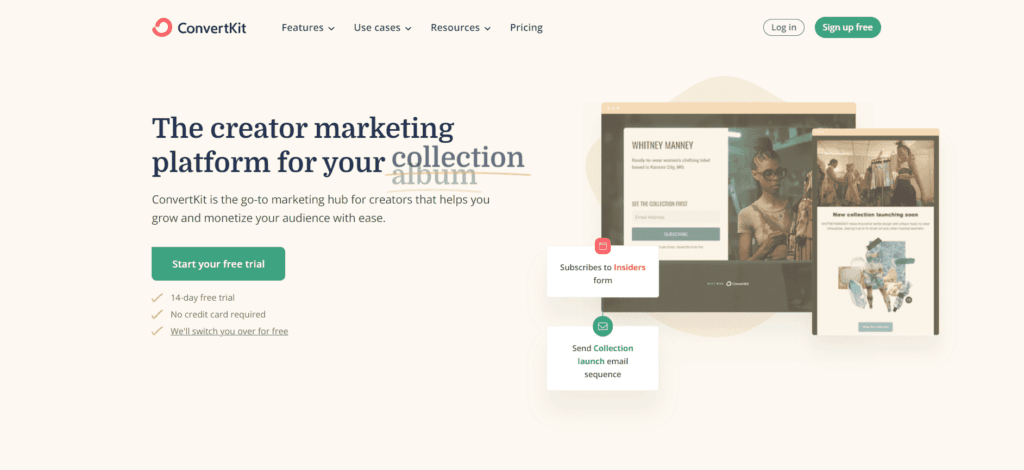
ConvertKit caters specifically to content creators, bloggers, and small businesses, making it simple to nurture leads and grow audiences.
Features
- Subscriber-centric Reports: Detailed insights on individual subscribers and their behavior.
- Visual Automations: Simplify complex drip campaigns with drag-and-drop functionality.
- Comprehensive Form Reporting: Track form conversion rates and growth over time.
Pricing
- Free Plan: Manage up to 1,000 subscribers with limited features.
- Creator: Begins at $29/month with no subscriber limits and visual automation.
- Creator Pro: Starts at $59/month, featuring advanced reporting and integrations.
Pros
- User-friendly interface designed for creators.
- Effective tagging system for audience segmentation.
- Generous free plan for startups.
Cons
- Fewer advanced features compared to some competitors.
- No native CRM integration.
#10. Klaviyo
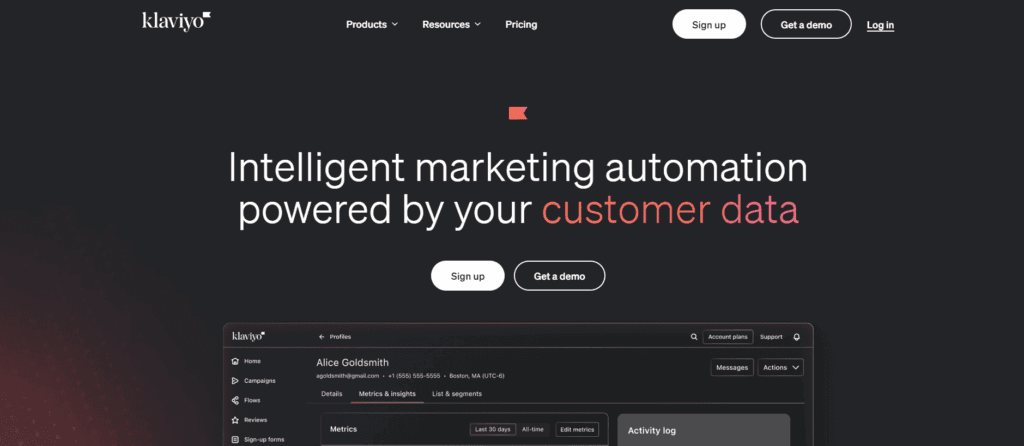
With a focus on e-commerce, Klaviyo offers tailored features that help online stores increase sales through targeted emails.
Features
- Rich E-commerce Metrics: Track revenue, order rates, and product views.
- Flow Library: Pre-built email sequences tailored for e-commerce scenarios.
- Segmentation: Create dynamic segments based on purchase behavior.
Pricing
- Pricing is based on contacts. Free up to 250 contacts and 500 email sends. Paid plans start at $20/month.
Pros
- Deep integration with major e-commerce platforms.
- Advanced features tailored to online store needs.
- Predictive analytics to optimize email send times.
Cons
- Might be overkill for non-e-commerce businesses.
- Advanced features have a steeper learning curve.
Iterative Improvement: Continually Refining Campaigns Based on Feedback and Metrics
Use the insights from these metrics to make adjustments:
- Refine subject lines to boost open rates.
- Optimize content and CTAs to enhance CTR.
- Revise the user journey or offer to improve conversion rates.
However, it’s an ongoing process, ensuring that your drip campaigns remain optimized and relevant to your audience.
Troubleshooting Common Drip Campaign Challenges
Every marketer faces challenges, and with drip campaigns, there are common issues many encounter. Let’s tackle them head-on.
#1. Addressing Low Open Rates and Engagement
Segment More Precisely: Ensure the right content goes to the right audience.
Revisit Subject Lines: Make them compelling, sparking curiosity or urgency.
Optimize Sending Times: Experiment with different days and times.
#2. Strategies to Handle High Unsubscribe Rates
Feedback Loop: Allow subscribers to give reasons for unsubscribing.
Adjust Frequency: Perhaps you’re emailing too often. Provide options like a digest version.
Ensure Relevance: Make sure content aligns with the subscriber’s expectations when they signed up.
#3. Overcoming Technical Issues Like Deliverability Problems
Maintain List Hygiene: Regularly clean your list from inactive subscribers or those who never engage.
Authenticate Your Emails: Use tools like SPF, DKIM, and DMARC to ensure your emails are recognized as legitimate.
Engage Early: ISPs often check how engaged subscribers are in the initial days. Make your early emails count to build a good reputation.
Best Practices and Tips for Effective Drip Campaigns
Drip campaigns, though powerful, are not a “set it and forget it” affair. They require vigilance, ongoing optimization, and best practices to maximize their potential. Below, we outline some pivotal strategies to ensure your campaigns’ effectiveness.
Maintaining List Hygiene to Ensure Deliverability
1. Regular Cleaning: Periodically remove inactive subscribers. This not only improves your open and click-through rates but also safeguards your reputation, ensuring email providers don’t classify you as spam.
2. Double Opt-In: It’s a technique where subscribers confirm their intention to join your email list by responding to an initial email. This ensures you’re only emailing those genuinely interested in your content.
3. Update Subscriber Information: Over time, the needs and preferences of your subscribers can change. Consider running periodic surveys or preference center updates to keep the data fresh.
Avoiding Spam Filters and Ensuring Legal Compliance
1. Understand the Laws: Familiarize yourself with email marketing regulations like the GDPR for European customers, the CAN-SPAM Act in the U.S., and CASL in Canada. Always ensure your emails are compliant.
2. Transparent Unsubscribe Process: Always include a clear and easy way for recipients to unsubscribe. Not only is this a legal requirement in many jurisdictions, but it also helps in maintaining a clean and engaged list.
3. Mind Your Language: Avoid using words in your emails that are commonly associated with spam. Terms like “free,” “buy now,” or “urgent” can trigger spam filters if overused.
Strategies to Keep Subscribers Engaged and Minimize List Churn
1. Offer Value Consistently: Regularly assess the content you’re delivering. It should always bring value, whether that’s through informative content, exclusive deals, or other beneficial resources.
2. Personalization is Key: As discussed earlier, personalizing your emails can drastically improve engagement. Remember, it’s not just about using the recipient’s name; it’s about tailoring the content to their specific interests and behaviors.
3. Feedback Loop: Encourage feedback. By understanding what your subscribers like or dislike about your content, you can refine your strategies and minimize unsubscribes.
Wrapping it up
Email marketing automation, particularly drip campaigns, stands as a formidable tool in today’s digital marketing arsenal. When executed with precision, it can foster relationships, guide user journeys, and drive conversions. However, success lies in the details: from meticulous segmentation to compelling content and continuous optimization.
As you embark on your drip campaign journey, keep the best practices in mind and always stay attuned to your audience’s evolving needs. Embrace the power of automation, but never lose the human touch that makes emails resonate.
Read Next:
- How to use EmailOctopus: An Explainer
- Skyrocket Your Email Outreach ROI! Strategies (+Experiments) By 19 Experts
- 29 Best Keyword Research Tools: Pros, Cons, Pricing Analyzed!
- Impact of Predictive Analytics on Sales Forecasting: A Deep Dive!
- Key Elements of a Website Development Agreement: An International Perspective








